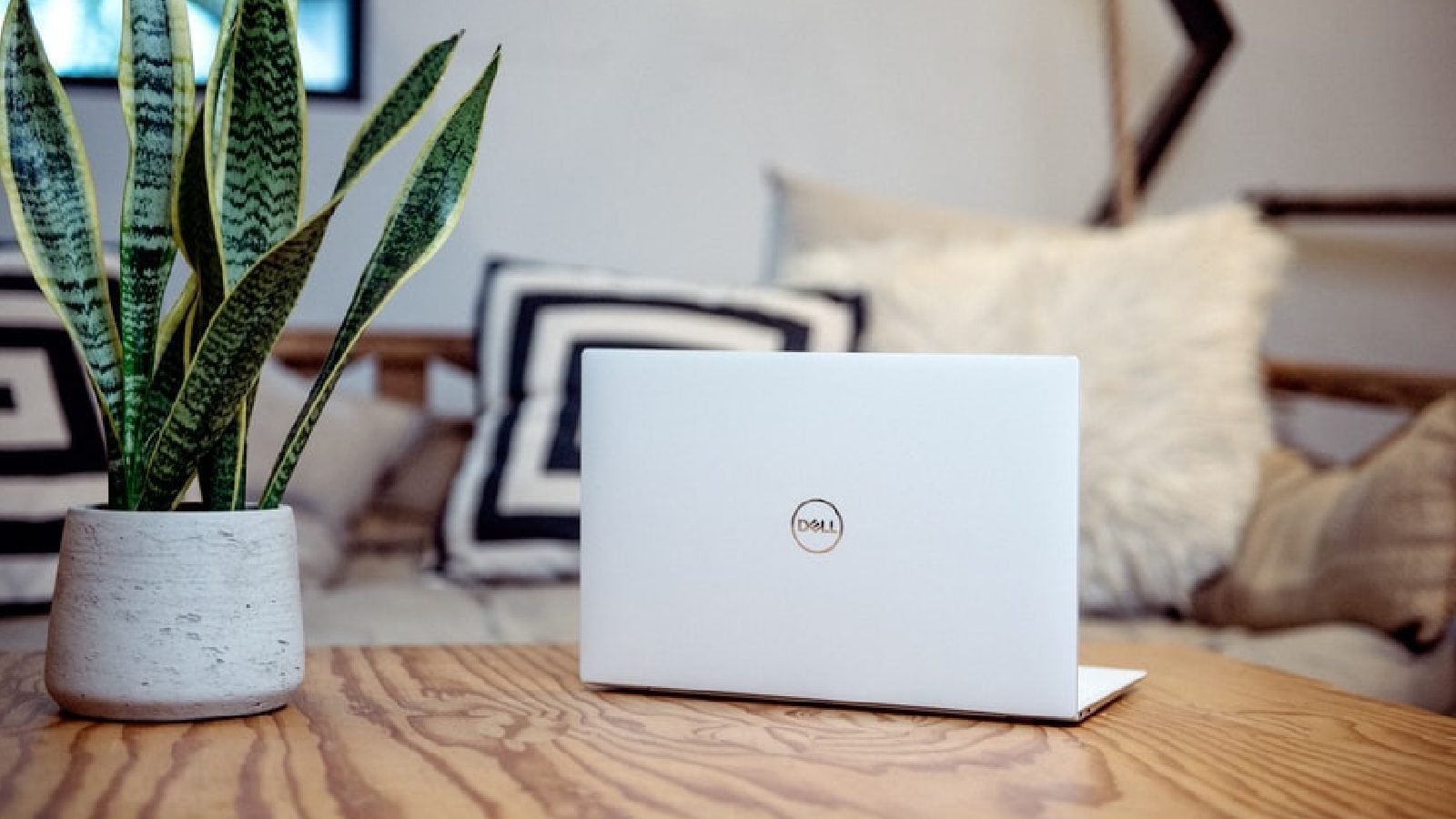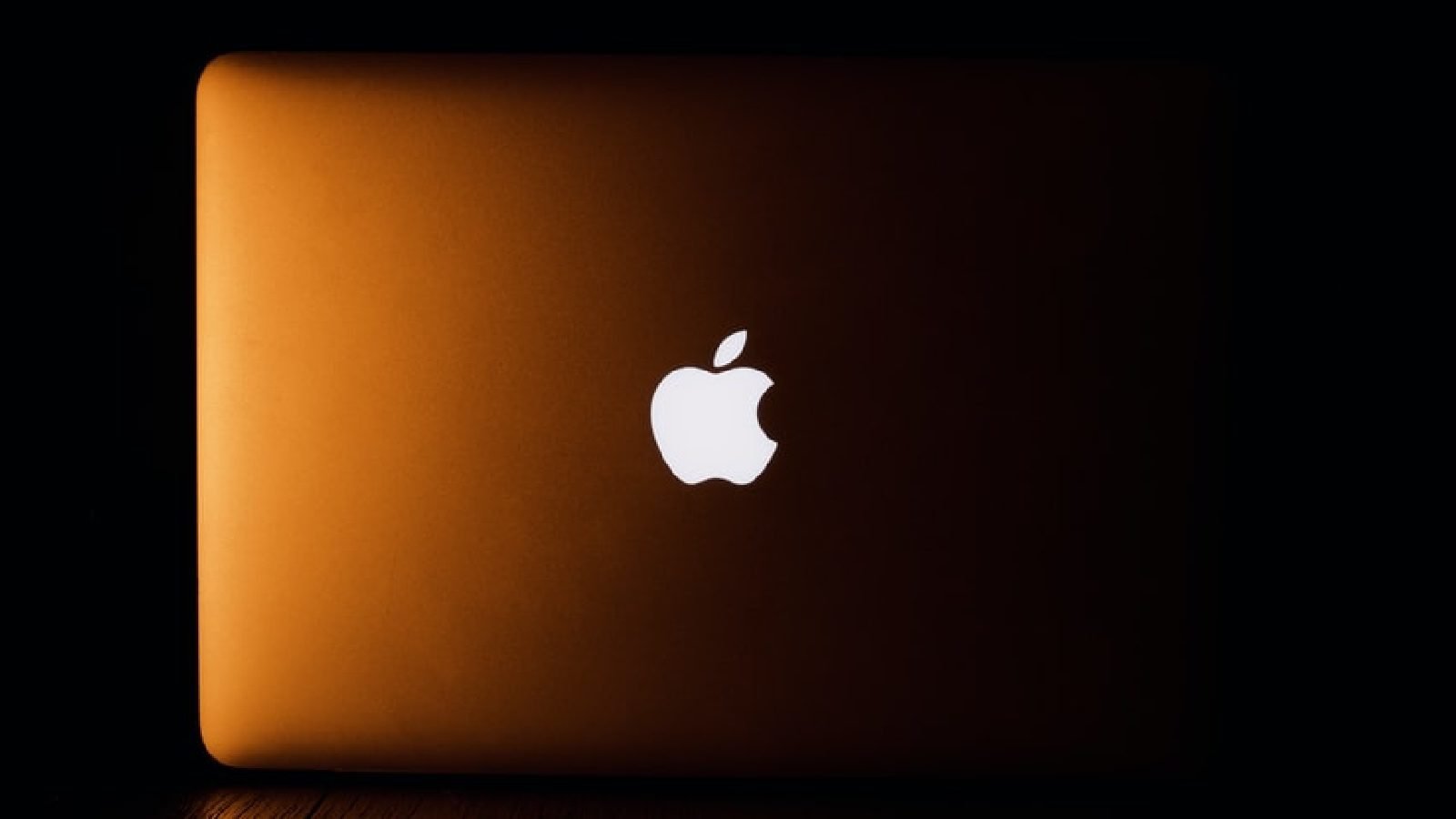Table of Contents
Highlights:
- Best Laptops of October 2025: Dell Premium and MacBook Pro M4 Lead in Battery Life and Display Quality.
- Creator student professional laptop: Intel Ultra and Ryzen AI chips power efficient ultrabooks for portability.
- Battery life and performance balance: OLED, AI processors, and thermal design redefine laptop efficiency.
In October 2025, the laptop industry is more vibrant and powerful than ever. Progress made in processor technology, particularly in chips that strike a balance between performance and efficiency, as well as advancements in better display technologies (OLED, high refresh rates, and color accuracy), improved battery technology, and smoother thermal designs, ensure that what was previously a compromise is increasingly becoming a choice.

For creators, students, and professionals, essential requirements intersect but also differ: creators require GPU performance and display quality; students value portability, battery life, and affordability; and professionals tend to demand ruggedness, security options, and firm performance without compromising quiet operation or comfort.
Let us try to define what really makes the “top laptop” in different categories. For creators: Strong CPU and GPU or AI/accelerated compute, good resolution and pixel acuity, sturdy connectivity (ports, Thunderbolt/USB-C, etc.), and the ability to maintain stability under load. Students: Light (preferably under ~1.3-1.5kg), amazing battery life (12 hours of genuine use at least), a reasonable keyboard and webcam, and enough storage for coursework, media, and light creative work.
For professionals: sometimes a mixture of both creator and student requirements, dependent on the field; excellent CPU; efficient GPU if needed; security (TPM, fingerprint or IR camera, etc.), solid build quality, service and warranty-worth being able to rely on, and battery life for decent travel or long meetings.
What the Recent Reviews Tell Us
Recent reviews, without fail, point toward several recurrent themes. One being that battery life is no longer the Achilles’ heel of most high-powered machines; most laptops oriented towards performance will now give you between 10 and 16 hours upon light use (web and Office applications). OLED or high-contrast panels are now quite common even among mid-range machines, catering to creators who require colour accuracy and contrast.
Another trend is the proliferation of “AI features” in notebooks, specialized NPUs or AI accelerators, and software optimized for workloads such as image resizing, video processing, transcription, or virtual background elimination. Enhanced laptop processor efficiency (e.g., Intel Ultra series, AMD Ryzen AI) is assisting in lowering power consumption without relinquishing functionality.
Battery life continues to be a distinguishing factor. During tests of “best battery life” laptops 2025, laptops such as the Lenovo ThinkPad T14S Gen 6, the MacBook Pro 16-inch with M4 Pro, and some ultrabooks such as the Zenbook series have been acclaimed for being far above 15‐18 hours in general use.

The “Dell Premium” brand, reintroduced in 2025 to replace the XPS across various models, offers particularly robust battery life (20-27 hours, as claimed) with high-resolution OLED/4K screens. In the meantime, the performance competition for creative hardware continues to rage on with hefty GPUs, high refresh rate screens, and leading CPUs. Yet these units still have abbreviated battery life under a load. Reviewers warn that demanding tasks (such as video rendering and 3D modeling) will significantly reduce the available battery time. Thermal design is crucial for maintaining both performance and comfort.
For Creators
Designers balance screen fidelity with the GPU and CPU performances. That is why in 2025, creator laptops must come either with a high-res OLED display or a highly usable IPS screen with 100% DCI-P3 color gamut or higher, efficient CPU choices at high-speed configurations (Intel Ultra-H / Ryzen AI / Apple silicon), and a GPU for rewarding video export, 3D, or image editing.
The ASUS ROG Zephyrus G14 is a good example of this class: solid GPU, decent display, and good thermals. Other creator-focused devices include the Dell Premium 16-inch OLED lineup, which combines incredible displays (4K or high refresh-rate OLED) with relatively long battery life. Additionally, workstation computers, such as the HP ZBook and ASUS ProArt, are available, although they are heavier and more expensive.
Trade-offs for creators often include reduced battery life under load (rendering or GPU work quickly depletes battery), noise and heat, weight, and increased cost. Most creator systems are much more expensive, particularly when GPU demands are high.
For Students
Student-grade products in October 2025 are packed and also diverse. Some students require entry-level machines for note-taking, everyday productivity, and web-based classes; some could be studying media, design, or software, and therefore need serious hardware. For a little lighter usage, machines such as the Apple MacBook Air (M4, 2025) or ultrabooks featuring power-efficient chips from the Intel Ultra-U / Snapdragon / AMD slim Ryzen AI family offer excellent battery life, a light chassis, and acceptable performance.

Portability and ruggedness are essential: thinner chassis, lighter weight, well-designed hinges, decent keyboards, and capable webcams become unexpectedly significant. And the support infrastructure (warranty, service centers) becomes more critical for students in most areas.
For Professionals
For professionals in business, consultancy, law, coding, engineering, etc., the requirements frequently lie between requiring performance and requiring reliability. Their tasks usually involve spreadsheets, remote meetings, virtual machines or Docker, occasional light graphics, and frequent travel. For these users, the ThinkPad X1 Carbon, Dell Premium lines, or the Microsoft Surface Laptop series are good choices, as they balance performance with great build, better keyboard and trackpad, security features, and often lengthy battery life in lighter work.
A top priority for most professionals is balance: sufficient ports (USB-C, USB-A, HDMI, or DisplayPort), good webcam and microphone quality, security (firmware, TPM, privacy shutter), and service/warranty. In addition, most professionals like quiet fans or passive cooling when available.
Battery Life: Expectations vs Realities
It is crucial to distinguish between claimed battery life and actual use. With light usage, web surfing, writing, and emailing, good ultrabooks in 2025 routinely score 14-20+. It diminishes drastically as GPU- or CPU-intensive workloads rise, such as video editing, gaming, rendering, and other tasks, to almost 3 to 6 hours, depending on the workload, screen brightness, and cooling.
Display type is also essential: OLED screens tend to consume more power for bright scenes or white backgrounds, but newer ones counteract this through dimming, low refresh modes, and adaptive refresh rates. ARM- or NPU-enhanced models can provide better efficiency for certain tasks, particularly those that are offloadable.
Weight, thermal design, and battery capacity are usually the unseen variables. A big battery will contribute to weight; improved cooling will make a notebook heavier. High-end constructions (metal chassis, sturdy hinges) can contribute to weight, too.
Conclusion
Choosing the appropriate notebook largely depends on how one balances performance, battery life, portability, and screen quality. Creators will find all the great machines that can match desktops in performance; they will just need to compromise on battery and weight. Students are catered to by ever more powerful ultrabooks that do their tasks smoothly, so they never feel like a burden to carry. Professionals in both domains require utmost reliability, security, and the ability to handle diverse workloads; hence, they opt for Dell Premium, ThinkPad, Surface, or high-end Apple computers.

Ultimately, the best laptop is the one that suits one’s average load and setting: a GPU-intensive machine with heavy graphics, always plugged in; an ultrabook with a full battery, always on the move; or a hybrid that combines the two, offering a good display, mid-level GPU performance, and good power efficiency. October 2025 offers more such choices than ever; the trick is choosing the one that suits your workflow, rather than being swayed by numbers in isolation.